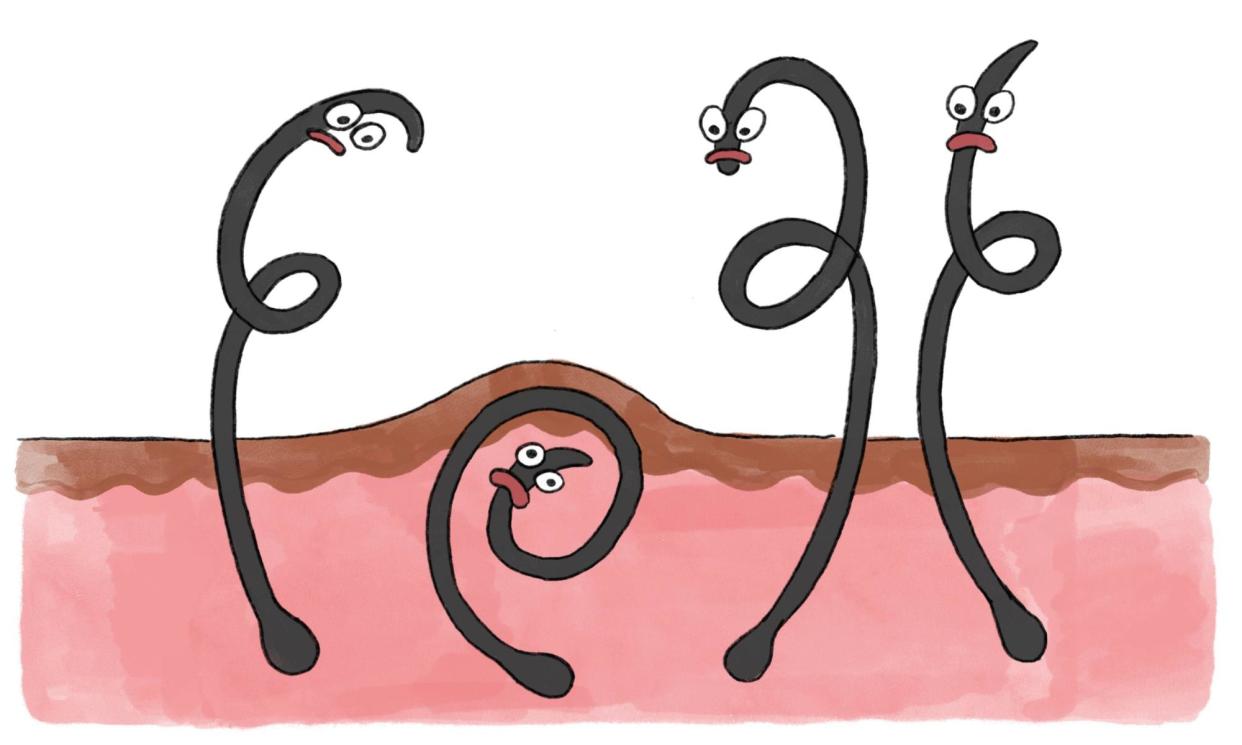How do I stop getting razor bumps from ingrown facial hairs?

Ingrown hairs affect those with curly and coily hair types more (particularly men of African ancestry) because their hair is less likely to grow straight up through the follicle. This can cause pseudofolliculitis, or razor bumps, which is more common with shaved skin, as shaving can cause the hair shaft to stretch and recoil back into the skin.
Science lesson over, here’s how to minimise the risk. Growing a beard can help: it gives those trapped hairs a chance to grow out. Bearded or not, it’s crucial to look at how your hairs grow. Take a good look at your unshaven face in a mirror: if the hairs appear to grow in different directions, use a beard brush (or clean toothbrush) daily to brush them in one direction. This trains them to all grow the same way.
Start with a gentle exfoliating facial cleanser to get rid of the dead skin cells that can block follicles. Hot water swells hairs and makes them less likely to curve back into the skin, so hold a warm compress over your face for a few minutes. Some pre-shave oil before the compress will help soften extra-coarse hairs.
Related: Is there an easy, basic skincare routine for a man in his late 20s?
Apply a low-foaming shaving product (so you can see the hairs properly), leave for a couple of minutes then use a sharp single-blade razor to shave in the direction the hairs grow (or that you want them to grow).
Rinse with cool water and apply a calming post-shave product. If that doesn’t help or there’s scarring, see a dermatologist for specialist care.
Got a beauty question for Anita? Email her at beautyQandA@theguardian.com


